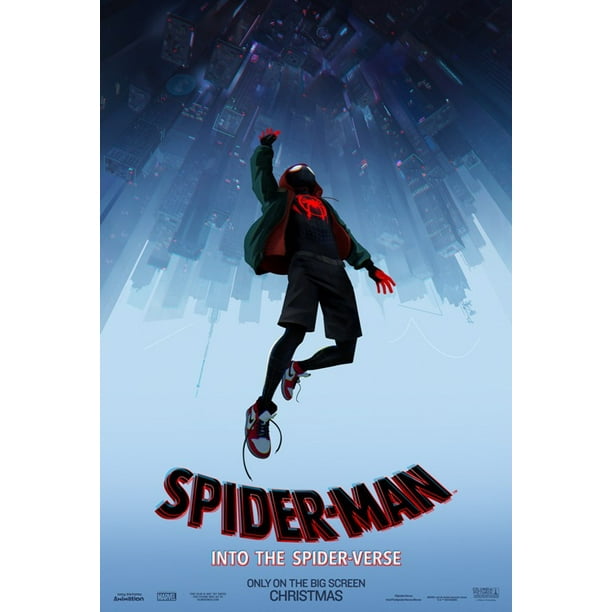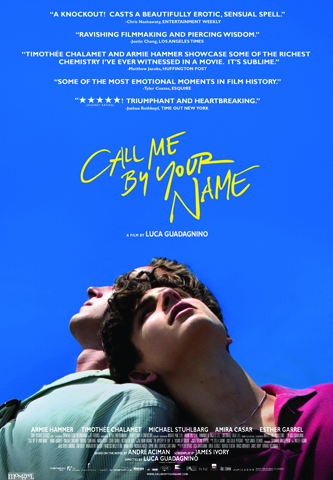Representation
Many other video games have limited representation due to only a few playable characters – whereas Sims free play has a wide range of options, allowing the game player (audience) to create their own representation – customizable characters.
- Wide range of skin tones
- outfits
- hair types
- e.t.c.
potentially more left-wing – modern than previous games due to how much control is given to the game player in creating their world
Straight, bi, gay, trans are all possible.
However, this can lead to game players creating problematic universes – for instance, if a game player wanted to – they could manipulate their world into being racist e.t.c.
Also, although multiple representations are possible – marketing of the game usually shows quite stereotypical representations of women – getting married – having children
It can also manipulate the way that gender is presented – gender is very fluid in sims freeplay.
there is an element of tediousness to the game – very realistic – lots of real tasks have to do – cleaning, e.t.c.
However, some tougher more traumatic things aren’t shown – abortion, miscarriage, e.t.c
European representation of reality – wants to keep things feeling real – whilst also keeping things pleasant.
Audience
female 18-40 casual gamer
You can play God – control everything in the game.
Has maternal appeal
Able to care for / nurture characters
Marketing – creating dream characters – dream home – able to d things that you cant do in real life.
offering audiences a fantasy escape from their lives
Able to find connection – understanding – put characters through dilemmas that you yourself have gone through
freeing – able to put characters in dangerous / weird / sadistic / sexual situations – situations that they cant do in real life.
The inclusive nature of the game means those who may feel isolated in real life – can create characters who have the same struggles as they do
very easy to play – free to buy
complaints: in-app purchases necessary
Industry
Developed and published by EA mobile + Firemonkeys studio
Both are a part of Electronic Arts
EA has a reputation for big-budget triple-A games that have had huge successes, so may have a pre-sold audience of fans
EA is horizontally and vertically integrated – they can develop, publish and market games themselves
EA has over 800 staff in the US just to work on mobile gaming
Lots of gaming companies veering away from consoles – putting more resources into mobile gaming
EA has nearly 10,000 staff, 44 studios across 20 countries, and nearly £6bn income each year.
The game has been downloaded over 200m times – incredibly successful.
Available in 11 different languages in addition to English, helping it to target a worldwide audience.
Mobile games have to have constant updates to cope with the updates released for mobile operating systems.
Regular updates to keep the game exciting – many new improvements – to encourage audiences to keep playing the game – and encouraging in-app purchases – for stuff like clothes.
Sims freeplay mobile – part of an existing franchise of console / PC games – reduces risk.
PEGI rating for the game – 12 – has mild references to alcohol, sex, other adult themes
Although the game shows drinking, sex, and nudity it is shown in a non-revealing way – a blurring filter used to block anything graphic.
Very hard to regulate mobile/online games
The game is banned in seven countries – particularly in Asia -due to LGBT relationships – which are deemed unacceptable and illegal
EA are aware of how important audience is – regularly conduct interviews – take suggestions around how the game could improve – keeps audiences engaged.











